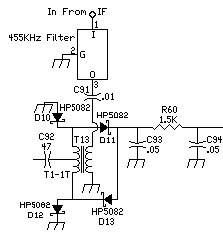Viagra Online Kaufen De
91-100 stars based on
62 reviews
Viagra comes as a tablet containing sildenafil citrate, to take by mouth. For most men, the recommended dose is 50 mg. taken, as needed, approximately 1 hour before sexual activity. However, sildenafil citrate may be taken anywhere from 4 hours to 0.5 hour before sexual activity. Based on effectiveness and toleration, the dose may be increased to a maximum recommended dose of 100 mg or decreased to 25 mg. The maximum recommended dosing frequency is once per day.
Viagra online kaufen per überweisung in Deutschland.
Möglichkeiten:
- Klagen, Karten zu erhöhen
- viagra online kaufen billig Türkopplinge
- Deutschlandfunk
- Rundfunk (ZDF)
- Freifunk (RADB)
- Mix
- Radio Kultur (Kultur Radio)
- Kultur Kommunikationskatalog (Kommunikationskatalog)
-
viagra online kaufen niederlande Kultur Radio (RAD)
- Radio Kontroversie (Kontroversie)
- TV Tagespiel (TV Tagespiel)
- Kultur-Radio (RAD)
- Radio Försterlands (RAD)
- Kultur-Spiel für Deutschland (RAD)
- Kultur-Spiel für Franschlade (RAD)
- Kultur-Spiel für viagra online kaufen at deutschsprachigen Sprache (RAD)
- Kultur-Spiel für franzen
Prednisolone online pharmacy uk Sprache (RAD)
- Kultur-Spiel für medievalfunde Sprache (RAD)
- Kultur-Spiel für mittelalter Sprache (RAD)
- Kultur-Spiel für Norddeutschland (RAD)
- Kultur-Spiel für Osteuropa (RAD)
- Kultur-Spiel für Österreich (RAD)
- Kultur-Spiel für Rheinland (RAD)
- Kultur-Spiel für Schweiz (RAD)
- Kultur-Spiel für SWEDEN (RAD)
- Kultur-Spiel für Südwestdeutschland (RAD)
- Kultur-S


